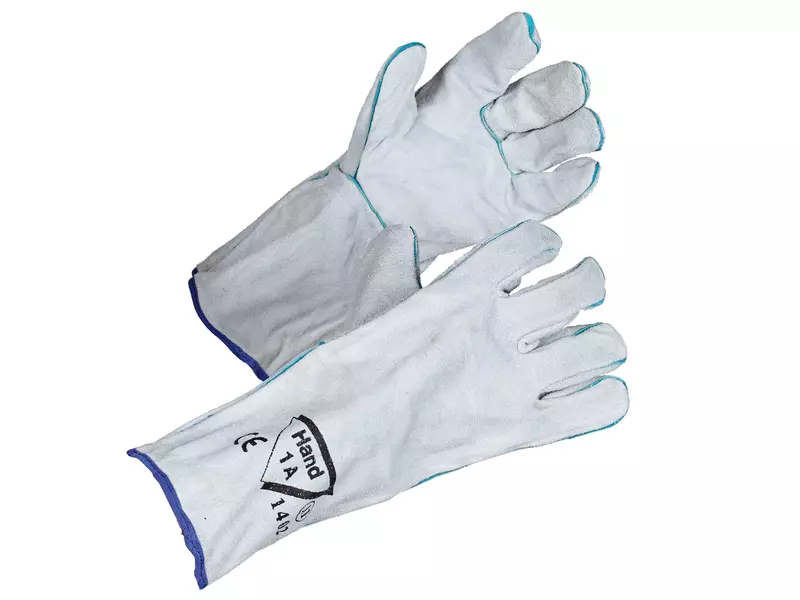Reinforced Safety Cuff
Product description
The product description has not been specified
About Leather Work Gloves
Leather Work Gloves provide robust hand protection for demanding industrial and construction tasks. Made with durable leather and reinforced stitching, they offer excellent grip, abrasion resistance, and comfort during extended wear. Perfect for professionals who need reliable protection in challenging work environments.
- Cold Protective
- Heat & Flame Resistance
- Welding
Standards and labels
Juha Rantanen Oy delivery terms
Free delivery when you order more than 150,00 € from Juha Rantanen Oy
Supplier shipping fee 5,00 €
Brand minimum 0,00 €
Prices excl. VAT
49,02 €
Price per 12 pairs
4,08 € / pair
Estimated delivery: Mon Sep 29 - Wed Oct 1
Minimum: 1 packageChoose quantity
8.5
11
Add 1 to reach minimum
Shipping fee is 5,00 € for orders under 150,00 €
A package contains 12 pairs
View packaging details



